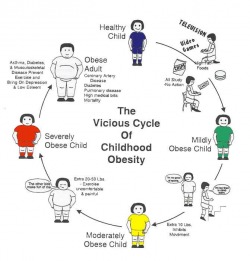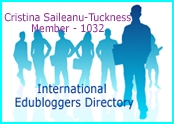For my first, and long-awaited *wink*, blog post on this site, I wanted to blather on about Google Wave. Yes, really.
As soon as I got my invite and watched the video (posted below,) I decided to investigate how GW could be used for educational purposes. Not that it would be available to educators or students for unlimited use any time soon, but what made me ponder such an out-of-reach option was the fact that I would love to use GW in an educational setting, whether I'm the instructor or the student. The following articles discuss how GW could eventually lead large groups of students, educators, and other entities such as universities, to make use of this real-time collaboration tool.
Educause, a leading non-profit supporting tech in higher ed
says,
"Wave opens new avenues for critique of engineering projects, architectural designs, musical performance, or any discipline that benefits from peer or expert review. Instructors, using the playback function, could see how waves were built, step-by-step, and draw inferences about the thinking behind and evolution of student projects. Wave might also change how knowledge is created, stored, and shared. If adopted by professionals, it could provide an accessible way to model disciplinary thinking and processes with students."
e-School News, an online ed-tech magazine,
states,
"
Google's announcement has the education blogosphere buzzing with ideas about how this new application could possibly shake up the way educators approach teaching and collaboration."
Of course, not everyone is ready to jump on your Wave, Google. Chris Dannen gives five compelling reasons why GW could be your worst nightmare:
"Dislike long billowy emails? You'll despise the bizarre, choppy prolixity of long waves." Maybe. Give me a few months to try it out, and see how much playback I can stand for messages I might not care about.
I definitely agree with the fact that, after using GW, I am skeptical of how many Waves I will actually send, since I prefer to edit my messages after typing them. I noticed while Waving that I'm a little old school in that degree, but maybe that's our instant gratification culture knocking at my door while I hide out behind the couch. That, or my OCD.
I also agree with Dannen when he
writes,
" 'Any participant can reply anywhere in the message, edit the content and add participants at any point in the process,' Google says. That'll make keeping track of participants a lot harder. Subtract the aforementioned opportunities to self-edit, and you have a social trainwreck ready and waiting."
All in all, GW looks promising in several arenas, such as email, real-time collaboration suites, social media, and PLNs.
PS- Wave to me!
[email protected]



 RSS Feed
RSS Feed





